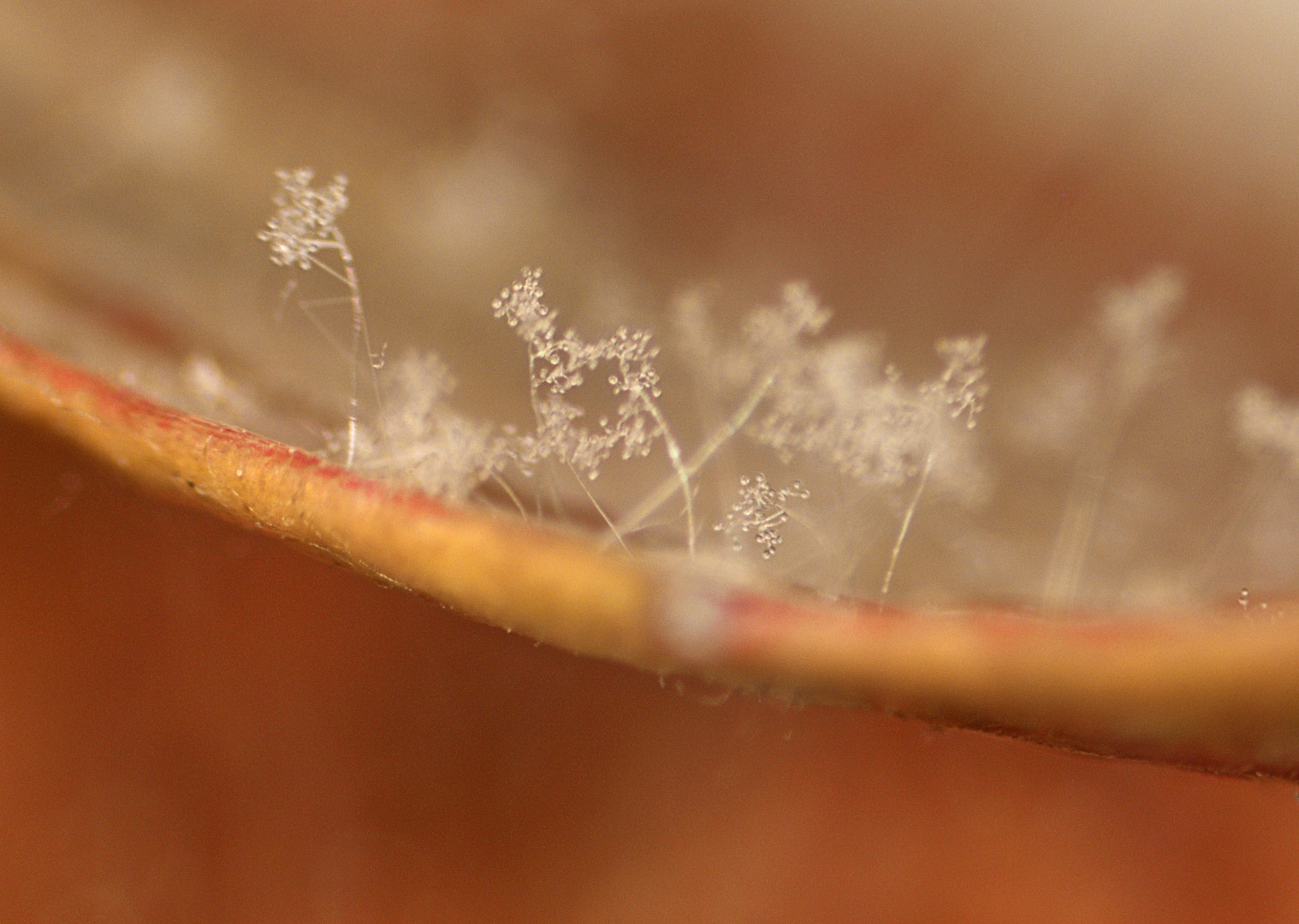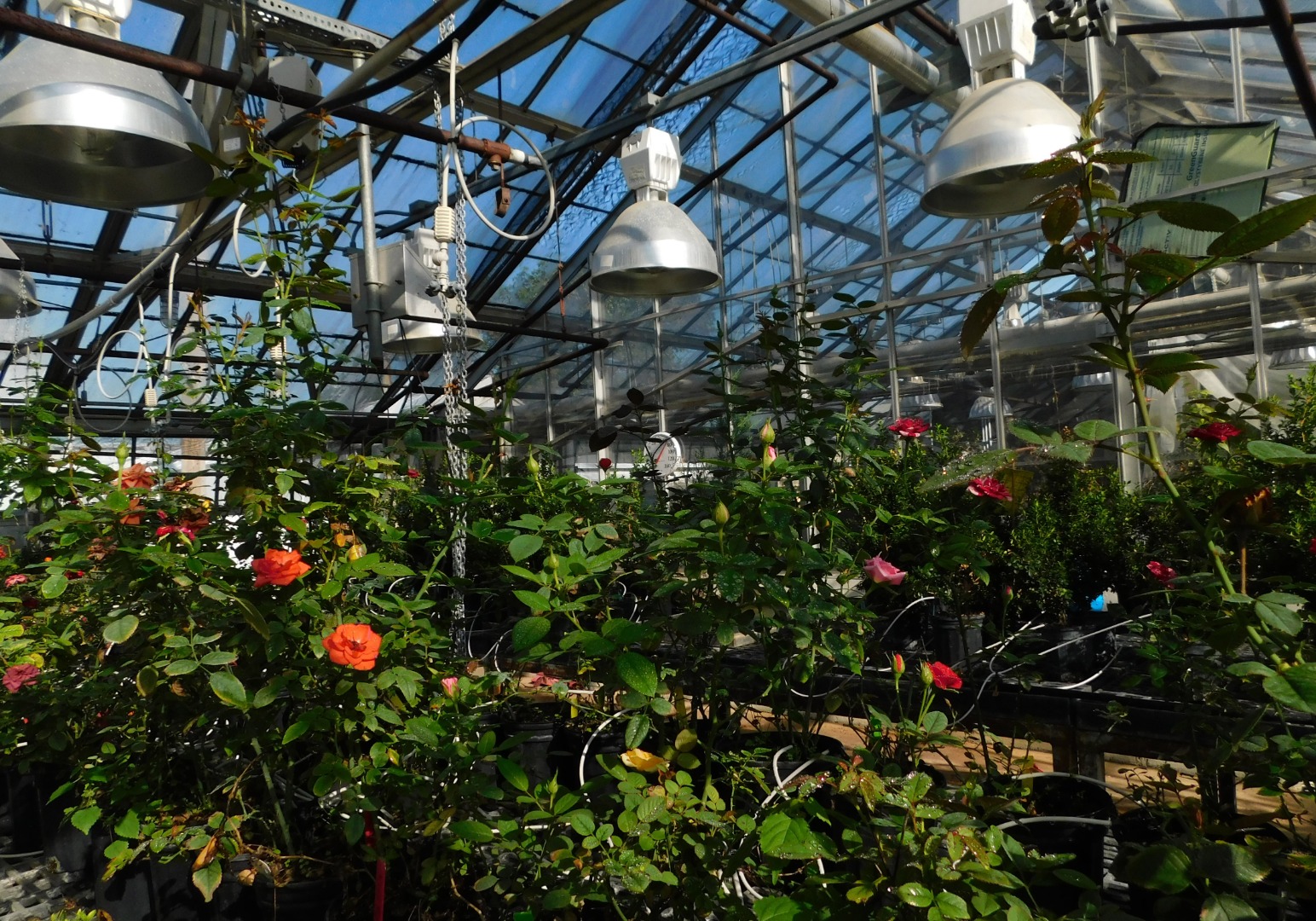| Nina Shishkoff |

|
Contact information
Dr. Nina Shishkoff
nina.shishkoff@usda.gov
Foreign Disease/Weed Science Research
1301 Ditto Avenue, Fort Detrick, MD 21702
Phone: 301-619-2877
Fax: 301-619-2880

Since joining the USDA-ARS in 2003 as a Research Plant Pathologist, Dr. Shishkoff's research emphasis has been on the pathways of disease spread. She discovered that the soil phase of the sudden oak death pathogen (Phytophthora ramorum) is significant for the spread of the pathogen, influencing regulations for movement of nursery material in the U.S. and internationally. Working with P. ramorum on nursery crops, she developed novel assays that allowed pathogen propagule production to be precisely quantified. She studied a downy mildew disease of Impatiens, the most important annual landscape plant, determining that the pathogen could spread from the roots, which has significance for production and breeding. She helped demonstrate that the spinach downy mildew is seed-transmitted. For boxwood blight, a serious disease of a beloved landscape plant, she worked on sanitation measures to reduce disease spread. Her research has fostered collaborations with plant breeders, extension professionals, and other scientists to solve complex agricultural problems based on stakeholder needs.
Research Emphasis
Dr. Shishkoff is currently studying downy mildews of ornamental plants and examining pathways of spread of new oomycete diseases in nurseries.

Projects
Publications
Education
Ph.D. in Mycology, Cornell University
B.S. in Botany, University of Michigan
Research Experience
- Research Plant Pathologist, USDA-ARS, Foreign Disease/Weed Science Research Unit, Frederick, MD, 2025-present.
- Lead Scientist and Research Plant Pathologist, USDA-ARS, Foreign Disease/Weed Science Research Unit, Frederick, MD, 2020-2024
- Research Plant Pathologist, USDA-ARS, Foreign Disease/Weed Science Research Unit, Frederick, MD, 2003-2020.
- Senior Research Associate, Cornell University, 1994-2003.
Honors and Awards
- USDA National Institute for Food and Agriculture (NIFA), Partnership Award for Program Improvement Through Global Engagement Category (team collaborator), 2022.
- Distinguished Service Award, American Phytopathological Society, Potomac Division, 2016.
- National Science Foundation graduate scholarship, 1981-1984.
ARS News Articles
Rose downy mildew disease.
Left to right: Mini roses grown in the greenhouse, Outdoor micro-plot of roses, and Peronospora sparsa, causal agent of rose downy mildew, growing on surface of a rose leaf. For more information about rose downy mildew, read this recent review paper here.



